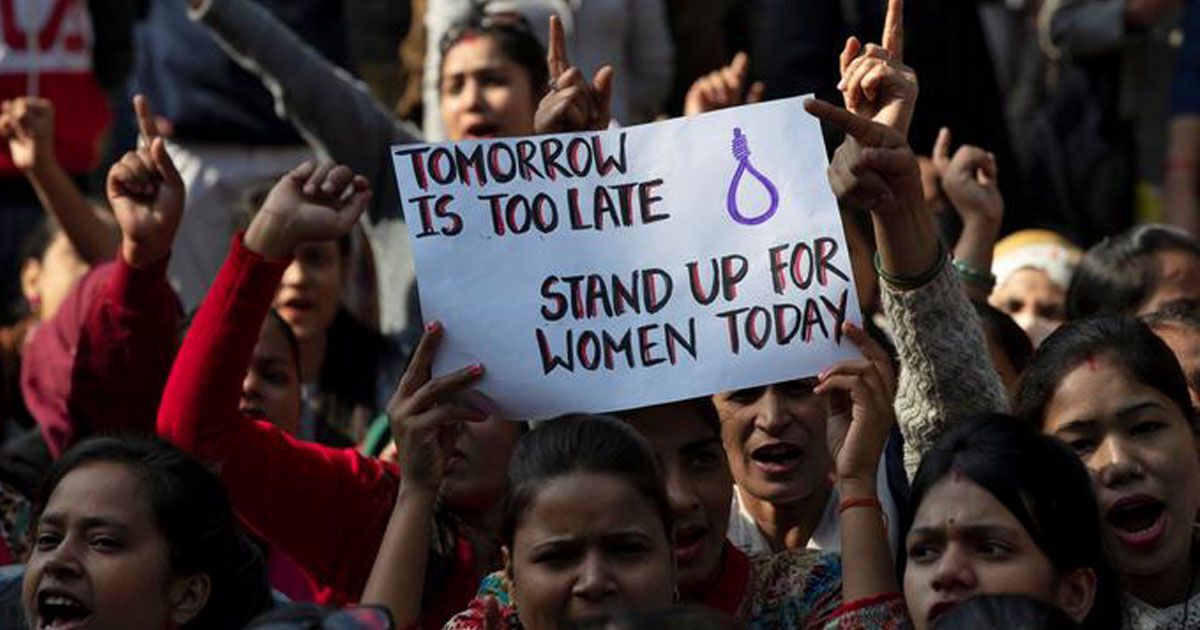
Abhijnan Pritam Sarma
We celebrated International Women’s Day recently. The motive of the day is to celebrate the achievements of women, raise awareness for equality in the masses, and, to raise funds for female-focussed charities. Historically, the day was initially celebrated on February 28, 1911. German leader Zetkin, who was associated with the labour movement and the women’s movement, played a crucial role in speaking up for women’s rights. She was known for her fight for equal rights and universal suffrage. Women have been suffering from unequal treatment in almost every corner of the world, whether it is at work or at home. Zetkin fought for women so that they can go out to work, participate in trade unions and workers’ rights organisations. The goal was to make women independent with an income source.
Although women have been progressing well in most of the fields, there are still instances where women face discrimination. There are enough examples around the globe where we observe violent conduct on women by men. Unequal treatment of women has been backed up by facts and figures provided by the UN. Let us look at some:
* Talking about poverty and hunger, 60 per cent of chronically hungry people are women and girls.
* Among 796 million illiterate people in the world, women make up more than two-thirds of them.
* A woman’s education is a key factor in determining a child’s survival. This is proved by data from 68 countries around the world.
* Men’s average wages are higher than that of women in both rural and urban areas.

These are just some of the basic disparities that women face on a daily basis. What these figures are successful in explaining is that inequality in gender is prevalent throughout the world. On an average, nearly 20 people per minute are physically abused by an intimate partner in the US. This equates to more than 10 million women and men in one year. Essentially, a developed nation does not necessarily guarantee a safe society for women.
Over the years, many Indian women have been victims of physical, mental, and sexual violence. News of rapes, abduction and kidnapping, and physical violence are very frequent on the daily news. All this oppression against women can be tackled by education. When a society is educated, it becomes civilised and developed, which, in turn, brings gender equality and gender equity. It is not easy to define the complex relationship between gender and violence. The power imbalance and gender inequality increases the risk of violence against women by men. To reduce the risk of violence, various interventions can be implemented from the school-level onwards. A child, whatever the gender is, should be taught about equal roles and relationships. The only hope for a peaceful society is to bring about equality in society, and to do that, there should be equality of minds. To create equality of minds, we need to nurture children before any stereotypes get ingrained. While we may strive for equality, the key is to educate our future generations to believe in a fair and just society.
